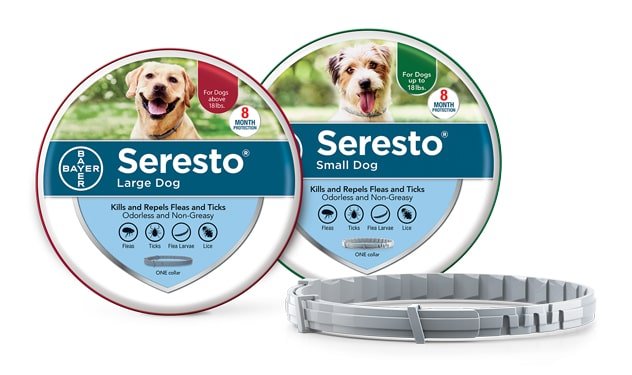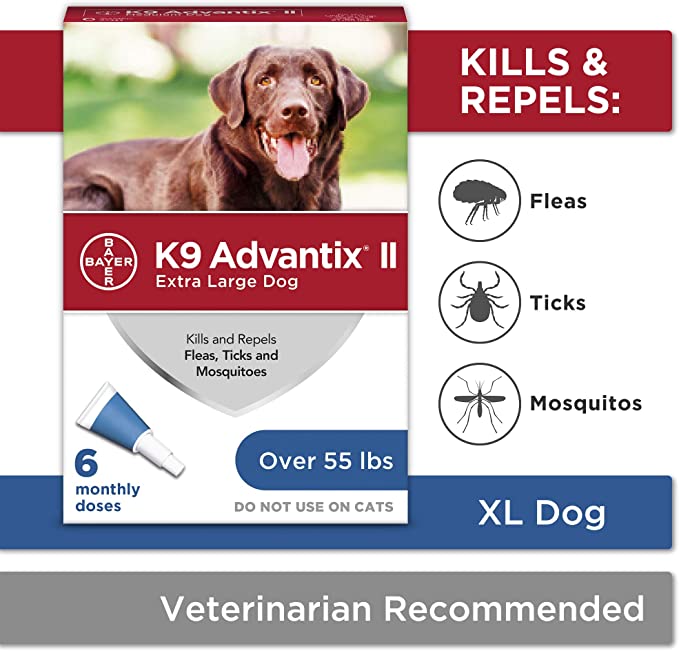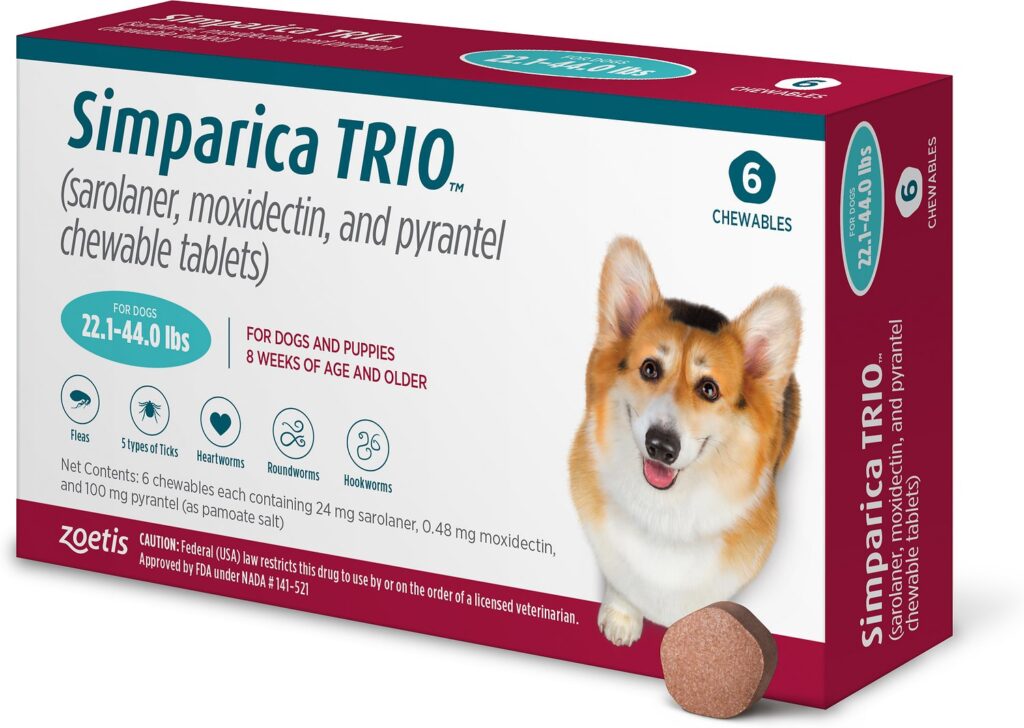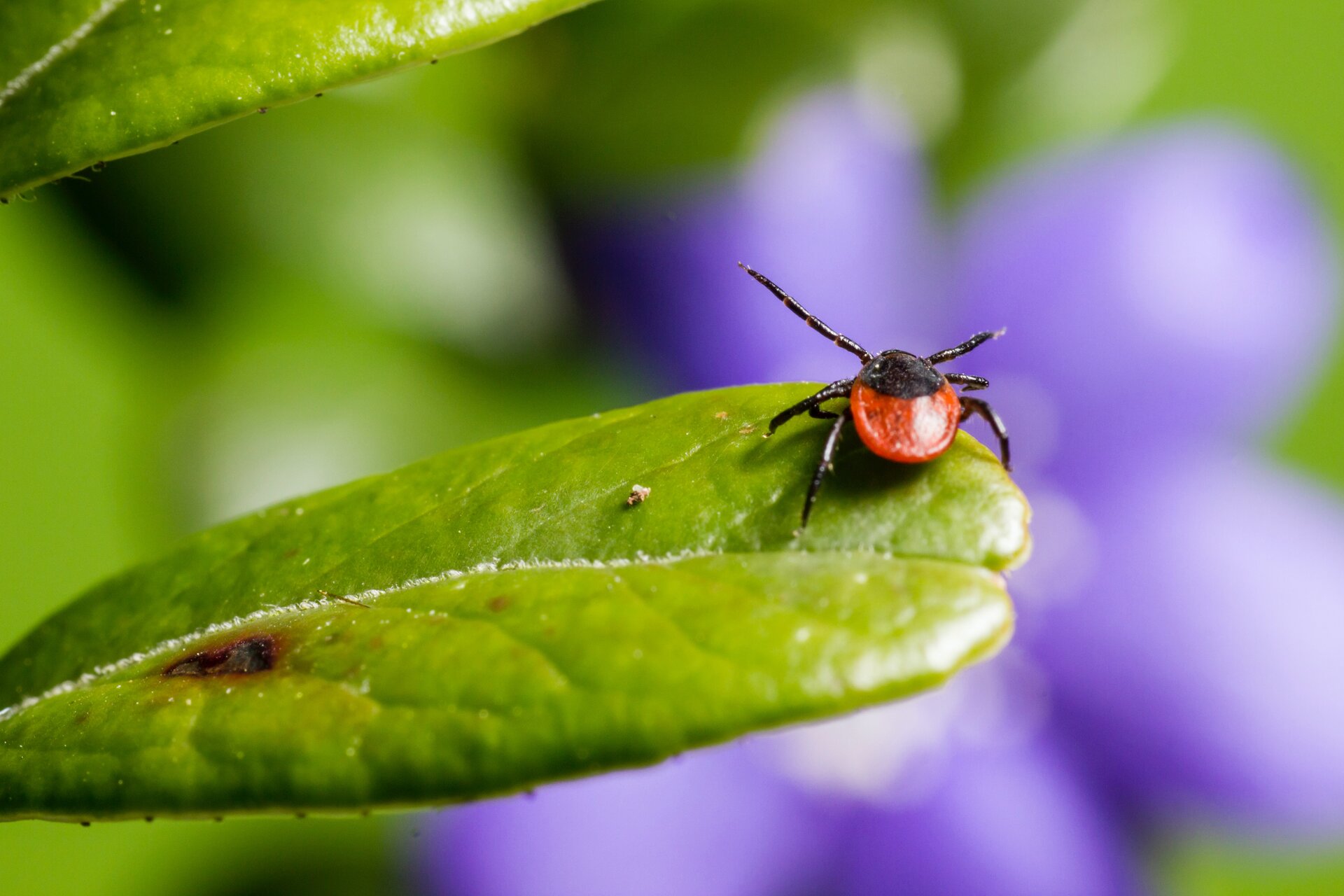In spring, nature comes to life, the day grows longer, and the doggie’s heart is knocking in time. Unfortunately, the rising temperature and green meadows also mean that ticks are coming back to the game. These are arachnids, which are extremely difficult to like, and among dog lovers they are certainly censored.
For many animal keepers, wilderness trips are associated not only with blissful relaxation, but also with the arduous fight against ticks. In addition to the unpleasant appearance and sticking to the skin of your pets, ticks also transmit serious diseases that can end tragically for your pet. That’s why Petsly reminds you: protect your pets!

Know your enemy
There are over 900 species of ticks in the world – fortunately, in Poland we have to deal with at most 19 of them, and in fact, we most often encounter only 3. Of course, this is a poor consolation for dog keepers, which act like a candle on a moth on ticks. However, it may be a consolation that not every tick is a carrier of dangerous tick-borne diseases such as Lyme disease or anaplasmosis.
You can meet these disliked parasites in the forest, in meadows, but also in city parks or home gardens. Usually they wait for us when the temperature outside the window is above 7 degrees Celsius, but in the last light winters, it happens that stubborn ticks also hit in December or January.
This means that it is worth being vigilant all year round. For this reason, it is worth investing in various types of clamps and octenisept, which will help to safely remove the unwanted guest and disinfect the wound. It is not uncommon for a lump to appear at the site of the bite that lasts for several weeks – if the wound is not warm or there is no erythema, there is no need to worry.

Alarming symptoms
Important! If you find ticks on your pet, watch it carefully. Symptoms of the disease may appear after a few days or even a week, but a quick reaction can save your pet’s life! Diagnosing a babesiosis infection at an early stage and administering appropriate measures is crucial in the fight against this disease. You should be concerned about elevated temperature, lethargy, lack of appetite, dark urine – do not ignore the slightest symptoms! And it’s best to prevent being bitten. How to protect your dog from ticks? There are several options on the market.

Collars

This is one of the most popular measures. A special collar usually works against ticks, although there are also options to repel ticks. This is important information about other protection measures as well – many of them do not scare ticks away, but only neutralize them if they get stuck in the skin. This usually means that we find dry and dead ticks on the dog. As for the collar itself, most of them start working after 48 hours, so the dog is not protected immediately after putting it on. The collar should fit snugly around the neck, so it may be less effective if you have dogs with an impressive ruff. Before buying, it is worth checking whether the model you found is odorless (some of them have a rather intense smell) and whether it is waterproof if you plan to splash in the lake. Of course, the collar cannot be removed – the pet must have it all the time. It is important to watch how long the selected model works – it can be only two months or even more than half a year.
Popular brands: Foresto, Kiltix
Drops and specifics of the spot-on type
Unlike a collar, drops are not an accessory that can get lost. All we have to do is instill the dog according to the instructions and we can forget about protecting it for a while. Some of the drops work after 24 hours and, like collars, may have tickicidal and repellent properties. Usually, the positive effects of spot-on preparations last for about a month. The drops are quite easy to use, but their effectiveness increases with regular use – the first use will not give such effects as the next dose in a row. Bathing can also be tricky: a few days before and a few days after applying the drops, the dog should not visit the groomer or splash in the streams.
Attention! If you have cats, be careful – some of the drops have a composition that is dangerous for cats.
Popular brands: Advantix, Frontline

Pills
This is another very popular way to protect your dog from ticks. The tablets work for up to 24 hours after administration, although there are also options that act immediately. Contrary to the collar and drops, no pills will scare the ticks away, but the ticks will die immediately after being stabbed into the pet’s skin, so basically there is no possibility of contracting a tick-borne disease. In the case of tablets, you do not have to worry about bathing, but as with the previous methods, it is better to note when the dog is protected after taking the tablet, so that the next dose can be given to him in due time.
Popular brands: Bravecto, Simparica

Sprays and essential oils
If you want to additionally discourage ticks from feeding on your pets, you can reach for sprays and essential oils. Many of them have a natural composition, and their smell is a good deterrent to unwanted guests – including mosquitoes and midges. This can be an excellent support for other tick control methods and will protect both the dog and the handler on trips to the woods and lakes. The use of sprays alone, however, may turn out to be insufficient and risky. Usually, as the only protective measure, this type of specificity is used in puppies under 2 months of age – due to the composition, they are safe for toddlers.
Rockrose
There are dog owners who appreciate the use of purging – they add it to their food to provide additional protection for their dogs. When used for a long time, it can act as a deterrent against ticks and other parasites, but its effectiveness is visible only after approx. 10 weeks of administration, so it is a long-term measure.
The most important thing is to choose the most effective method for your dog and to rely on regular protection. Mark the date when the product is used in the calendar and set a notification when the protection period is about to end. The effectiveness of a given method depends largely not only on the place where you live, but also on the pooch itself. Or you may find that a remedy that has always worked great will eventually become ineffective over time, so Petsly advises you to stay vigilant. Safe walks!












